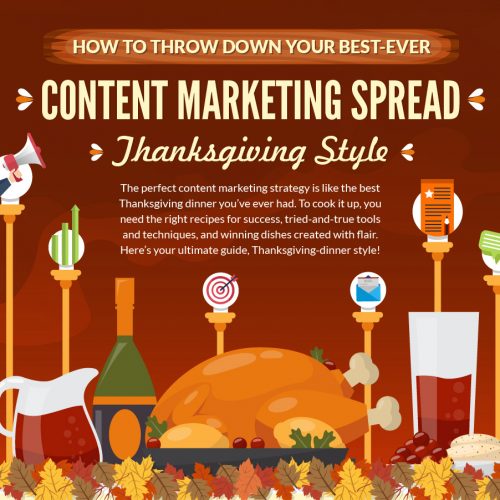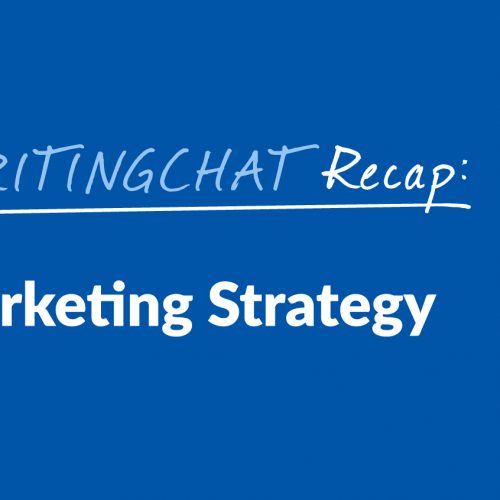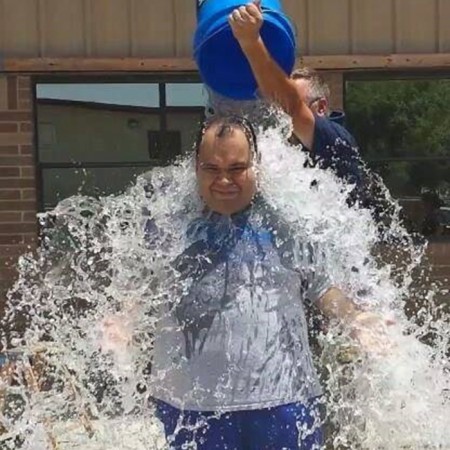How to Win with Zero-Click Search SEO Adaptation
The rise of AI-powered search engines and zero-click results is reshaping the online space, forcing marketers and content strategists to rethink how they measure success. You’re not alone if your website traffic is dipping, but your conversions and on-site engagement are increasing. And you’re not doing anything wrong. That’s what you can expect in the era of zero-click search SEO adaptation. We’ll explore zero-click searches, why they matter, and how to optimize your content for this evolving search environment. We’ll also discuss why traditional metrics like click-through rates (CTR) are becoming less relevant and what marketers should focus on to stay competitive and drive meaningful results. Zero-Click Searches: Explained What are zero-click searches? Let’s break it down. Zero-click searches are queries answered directly on the search engine results page (SERP), so the user doesn’t need to click through to a website. Think of Google’s featured snippets and the AI-generated answers now populating the platform. These days, a majority of Google searches result in zero clicks. The data above shows that, in 2024, 58.5% of Google searches in the U.S. and 59.7% in Europe did not generate clicks. In other words, zero-click searches often mean users get their answers instantly, and usually don’t need to go further. It’s convenient for the user, but potentially frustrating for the publisher who invested in that content. Yet here’s the twist: this shift isn’t necessarily bad. It just requires a change in strategy. The New SEO Strategy: Adaptation Is a Must Traditional SEO focused heavily on driving clicks. There’s nothing wrong with still wanting to generate traffic. However, with AI-generated summaries and snippets giving users instant answers, we must adopt a new strategy: zero-click search SEO adaptation. This approach acknowledges that success can’t be measured solely by traffic volume anymore. Instead, it looks at other metrics to determine how your content is performing. This includes: Time on Page: How much time are they spending on a single page? Scroll Depth: Are they scrolling to the bottom of the page or stopping halfway? Conversion Rates: How many people convert by completing a form or purchasing? On-Site Engagement Metrics: How many people are engaging? How many are returning visitors? How many pages are being viewed per session? Why would we want to track these metrics? When traffic is low, we want to learn about the behavior of the users visiting your site. Those who click through are often further down the funnel. They’re more informed, curious, and ready to act. The Reality of Declining Top-of-Funnel Traffic With AI surfacing top-level queries right on the SERP, fewer users visit your website for basic information. Before you panic, it isn’t all bad news. This means your site may see: Lower traffic overall Higher engagement per visitor Lower bounce rates Higher conversion rates This isn’t a decline, necessarily. You’re reaching people who are further along in their decision-making process. As a result, you may see people exploring your website more or making purchases. Your Guide to Zero-Click Search SEO Adaptation How can you adapt your strategy to zero-click search optimization? Let’s break it down. Step 1: Restructure Your Content Strategy If most zero-click search results address the top-of-the-funnel questions, you need to invest more in middle and bottom-of-funnel content. The way to pivot is to create content for different search intents. For example: Top-level content (e.g., “What is X?”) should still exist but can be shorter, more concise, and optimized for AI or snippet capture. Middle-funnel content should answer comparative or evaluative questions like, “How does X compare to Y?” or “What features should I look for in X?” Bottom-funnel content should target purchase-related or decision-making keywords like “Best X for [use case],” “Where to buy X,” or “[Product] reviews.” It’s also smart to use a pillar-cluster model. Create pillar pages exploring high-level topics, then link to more focused cluster pages with specific keywords and subtopics. This helps AI and search engines understand the depth of your expertise. Step 2: Focus on Conversion-Ready Users Remember: not all traffic is created equal. One engaged, ready-to-buy user is worth more than 100 casual browsers. So, you’ll want to use on-page signals to nurture leads. You can do that by: Including clear calls-to-action (CTAs) based on visitor intent Offering downloads, checklists, or calculators to encourage engagement Embedding videos or interactive content to increase time on page Rather than focusing on impressions and CTR alone, you should start prioritizing: Engagement Rate: How many users engage with something on-page? Dwell Time: How long are they staying? Lead Conversion Rate: How many take the next step? These are the accurate indicators of content success in a zero-click world. Step 3: Make Peace with the AI Layer AI isn’t going away. It’s becoming the first touchpoint for many users. That means your top-level content isn’t wasted, but it’s being repurposed by AI to answer questions. That visibility still builds trust, even if you don’t get the click. For example, if your content is used in a featured snippet or quoted in an AI-generated summary, users may recognize your brand and return when ready to engage more deeply. To optimize for AI, try: Using clear headers and structured content Answering questions in the first few lines Writing with a natural, conversational tone Providing concise, factual, and trustworthy information Step 4: Reevaluate Your Keyword Strategy AI search is increasingly semantic and contextual, meaning it’s not just about matching keywords. It’s about understanding intent and creating your content with that in mind. Instead of stuffing the page with exact-match keywords repeatedly, try using variations naturally throughout the text so you don’t get penalized. Also, structure content in a way that answers a question, offers an opinion, or presents data. Let’s use this blog post as an example: Overusing the “zero-click search SEO adaptation” keyword would turn off Google and readers. So, it helps to use similar keywords such as “zero-click search” and “what are zero-click searches.” This post is also formatted with H2s and H3s, as well as bullet … Read more









